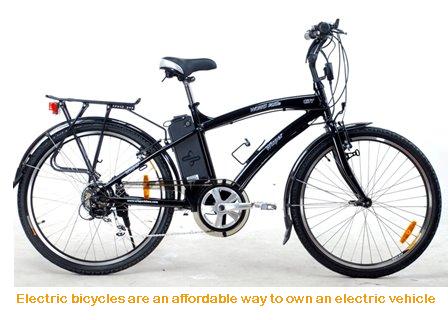Britain has been slow in its uptake of electric bikes, but recent home-grown designs such as the GoCycle and Jivebike may finally get battery-powered bicycles the attention they deserve.
The Jivebike hides its battery and drive shaft inside a sleek aluminium frame. Marcin Piatkowski came up with the design while studying for his master’s degree in Technology Entrepreneurship at University College London (UCL).
The JiveBike can fold down to the size of a suitcase, weighs 15 kg and is expected to cost £1,500 when it goes on sale next summer.
Electric folding bikes: Jivebike vs GoCycle
On paper, the Jivebike has a longer range, shorter charging time and lower price than the GoCycle – a high-specification pedelec that sells for £2,700 – but only time and a test ride will tell whether these claims stand up.
Every element of the GoCycle G2 has been designed for ease of use: the chain is fully enclosed and requires no maintenance, the battery is unobtrusive and easily removed for charging and the frame and wheels are made from lightweight magnesium.
The GoCycle competes on price with petrol scooters, but is a beautifully-designed, practical and affordable electric vehicle – a low-cost and low-carbon alternative to cars and public transport for commuters.
Insurance for electric bicycles & folders
Cycle insurance from the ETA is fully comprehensive and covers electric-assist bicycles up to 250W as standard. At no extra cost, it includes new-for-old replacement, accidental damage, third party, personal accident and, if you breakdown, a recovery service for you and your bike.
The case for electric bicycles
Following a back-to-back test of electric cars, electric motorcycles and an electric bicycle, the ETA concluded that the bicycle offered the best application of the technology.
In terms of price, range and usability the bicycle is the most practical option for those who want the benefits of an electric vehicle today.
 Electric vehicles of every description are currently in development, from aircraft to jet skis, but batteries remain expensive, heavy and charging points are few and far between.
Electric vehicles of every description are currently in development, from aircraft to jet skis, but batteries remain expensive, heavy and charging points are few and far between.
The exception is the bicycle, which is easy to convert to electric power and light enough to be carried into a house to be re-charged. Furthermore, the electrically-assisted bicycle is the ultimate hybrid; if the battery runs flat, the rider can switch to leg power in an instant.
Who needs an electric bicycle?
There will be many who scoff at the idea of an electric bicycle, but riding one can be a revelation Electric bicycles are at their most efficient when the rider works in tandem with the motor; electrically-assisted bikes can make a 30-mile round-trip commute a realistic option for even a novice cyclist. They also make cycling accessible for the elderly or disabled. Given the cost of electric cars and continuing anxiety over their range and re-sale value, in the short term, electric bicycles have huge potential to change the way we travel.
During our comparison, the bicycle we rode was a Wisper 905se, a carbon fibre-framed town bike that is able to travel a minimum of 56 miles on a single charge. The electric car we drove was a G-Wiz – a quadricycle with a top speed of 40mph and a range of 40 miles. The electric motorcycle was a Zero enduro model.
Cycle insurance
Cycle insurance from the ETA includes a discount of up to 20% for folding bicycles. Every policy includes new-for-old, cover for accidental damage, third party insurance, personal accident cover and if you breakdown, we will even come out and recover you and your bike. Electric bicycles are covered by ETA cycle insurance.


whobiggs
“Interchangeable wheels make fixing a puncture easy”? If you move it to the other end it’s still flat!
David Lowe
It depends which way up you put it
Prof.I.Etsen
An e-bike without lights. That’s grossly irresponsible! It could only happen in the UK.